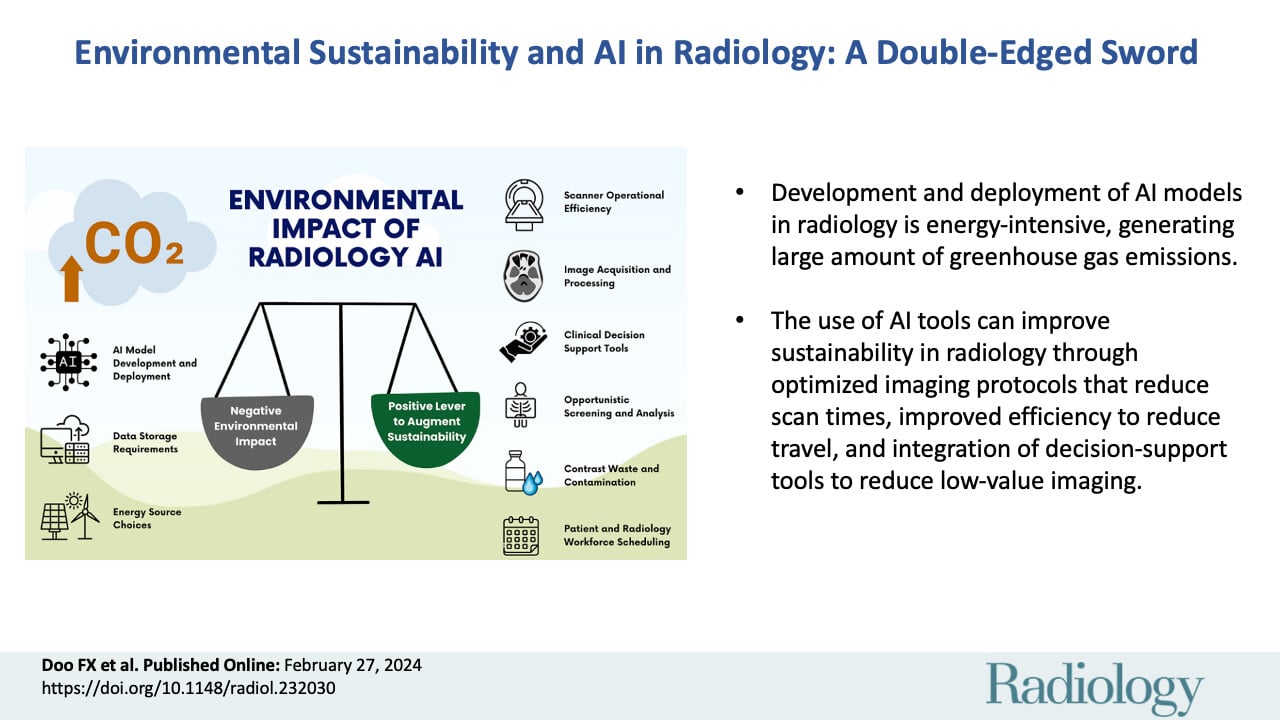AI, a marvel of modern technology, is reshaping industries, enhancing productivity, and transforming daily life. From healthcare to finance, AI’s applications are vast and varied. However, beneath its impressive capabilities lies a hidden environmental cost.
The immense computational power required to train AI models demands substantial energy, leading to increased carbon emissions.
Understanding the interplay between AI and the environment is crucial for developing sustainable practices. By examining the environmental impact of AI’s energy consumption and carbon footprint, we can find ways to minimize its ecological impact.
This exploration not only highlights the challenges but also points towards innovative solutions and strategies to make AI more environmentally friendly. As we delve deeper into the environmental consequences of AI, we aim to uncover actionable insights that can guide the development of sustainable AI technologies.
The Energy-Hungry Nature of AI
Training AI models, especially deep learning networks, requires enormous amounts of computational power. Data centers, which house thousands of servers running continuously, are at the heart of these operations. The energy consumption of these data centers is staggering, contributing significantly to global electricity usage.
For instance, it’s estimated that training a single AI model can produce about 626,000 pounds of carbon dioxide, equivalent to the emissions from five cars over their lifetimes. Moreover, the cooling systems needed to prevent these servers from overheating further escalate energy demands, exacerbating climate change.

Data centers are the backbone of AI operations, housing the infrastructure needed for processing and storing vast amounts of data. However, their environmental footprint is substantial. Data centers consume around 1% of the world’s electricity, and this figure is expected to rise as AI technology advances
Many data centers rely on non-renewable energy sources, leading to higher carbon emissions. Transitioning to renewable energy for data centers is a vital step toward mitigating the environmental impact of AI. For example, Microsoft’s global water consumption spiked 34% from 2021 to 2022, reaching nearly 1.7 billion gallons, largely due to AI research.
Sustainable AI Development
Sustainable AI development involves creating models and systems that are both efficient and environmentally friendly. Researchers and developers are exploring innovative ways to reduce the energy consumption of AI models. One approach is to optimize algorithms, making them more efficient and less resource-intensive.
There is also a growing interest in developing AI hardware designed for energy efficiency. These advancements can significantly reduce the power required for AI operations, contributing to a more sustainable technological ecosystem.

Renewable Energy and AI
Transitioning to renewable energy sources is crucial for reducing the environmental impact of AI. Solar, wind, and hydroelectric power offer cleaner alternatives to fossil fuels. By powering data centers and AI infrastructure with renewable energy, we can cut down on carbon emissions and promote sustainability.
Tech giants like Google and Microsoft have committed to using 100% renewable energy for their data centers . Such initiatives set a precedent for others in the industry to follow.
The Role of Efficient Algorithms
Developing efficient algorithms is key to minimizing the environmental impact of AI. Researchers are working on creating algorithms that require less computational power without compromising performance. These optimized algorithms can perform complex tasks with reduced energy consumption.
For example, pruning techniques in deep learning remove unnecessary parts of neural networks, resulting in smaller, faster, and more energy-efficient models.
Explore 5 core responsible AI principles
AI in Environmental Conservation
AI can also be a powerful tool for environmental conservation. By leveraging AI technologies, we can monitor and protect natural ecosystems more effectively. AI-driven solutions can analyze vast amounts of environmental data, providing insights for conservation efforts.
AI-powered drones, for instance, can monitor wildlife populations, detect illegal logging, and assess the health of forests. These applications showcase the potential of AI to support sustainability and environmental protection.
Collaboration for a Greener AI
Addressing the environmental impact of AI requires collaboration across various sectors. Governments, industry leaders, researchers, and environmental organizations must work together to develop and implement sustainable practices. Policies and regulations can play a pivotal role in guiding the tech industry towards greener solutions.
Public awareness and education about the environmental impact of AI are also essential. By understanding the ecological footprint of AI, individuals and organizations can make informed decisions and advocate for sustainable practices.
Policy and Regulations
As artificial intelligence (AI) continues to advance, there’s a growing recognition of its environmental footprint, leading to the development of policies and regulations aimed at mitigating these impacts.
United States Initiatives
In early 2024, U.S. lawmakers introduced the Artificial Intelligence Environmental Impacts Act. This legislation mandates the Environmental Protection Agency (EPA) to conduct a comprehensive study on AI’s environmental effects, including energy and water consumption, pollution, and electronic waste throughout the AI lifecycle. The Act also proposes a voluntary reporting system, encouraging organizations to disclose the environmental impacts of their AI technologies.
International Efforts
Globally, over 190 countries have adopted non-binding recommendations on the ethical use of AI, which encompass environmental considerations. These guidelines aim to promote sustainable AI practices and encourage nations to integrate environmental assessments into their AI development frameworks.
Advocacy for Transparency
Experts are advocating for mandatory reporting by tech companies on the energy and water consumption of their data centers, especially given AI’s rapid growth. Such transparency is deemed crucial for developing effective policies to reduce AI’s environmental footprint.
France’s Leadership in Sustainable AI
France has been proactive in addressing AI’s environmental impact. The country hosted the “AI Action Summit” in February 2025, focusing on sustainable AI development. The summit emphasized AI’s substantial energy demands and the necessity for policies that promote energy-efficient AI systems.
Future of Energy-Efficient AI
Recent breakthroughs like China’s DeepSeek are setting a new benchmark for energy-efficient AI. Unlike many traditional American models that can require massive amounts of power to train and run, DeepSeek employs a highly optimized architecture designed to minimize computational waste. This means that, for similar tasks, it can operate using significantly less energy—helping to cut costs and lower the environmental footprint of large-scale AI applications.
What’s particularly exciting is that DeepSeek isn’t just a standalone achievement; it’s part of a broader shift towards sustainability in AI. As global awareness about climate change grows, innovations like DeepSeek encourage developers everywhere to rethink their strategies and prioritize efficiency. In effect, these energy-saving techniques are likely to inspire a wave of next-generation models that balance high performance with eco-friendly operations.
According to a recent report by WSJ.COM, such advancements may well catalyze a more sustainable future for AI, blending technological progress with responsible environmental stewardship.
To Sum it Up: Some Actionable Steps for Sustainable AI
To mitigate the environmental impact of AI and promote sustainability, we can take several actionable steps:
- Optimize Algorithms: Develop and adopt efficient algorithms that require less computational power.
- Invest in Renewable Energy: Transition data centers and AI infrastructure to renewable energy sources.
- Promote Collaboration: Foster partnerships between governments, industry, and environmental organizations to develop sustainable practices.
- Enhance Public Awareness: Educate the public on the environmental impact of AI and advocate for sustainable use.
- Implement Policies: Support and adhere to regulations that promote transparency, accountability, and sustainability in AI development.
By embracing these steps, we can ensure that AI not only drives innovation but also contributes to a sustainable and environmentally responsible world. Let us take action today to safeguard our planet for future generations.




